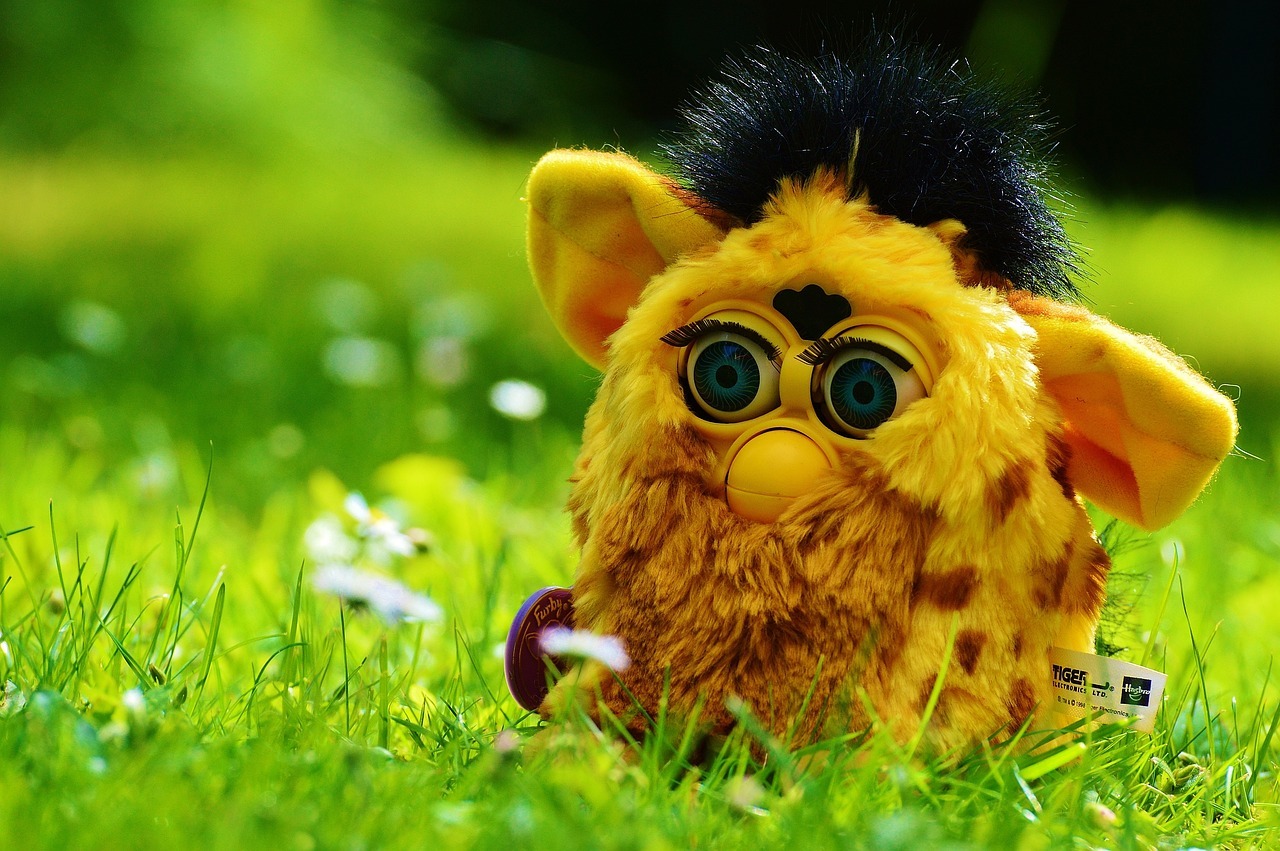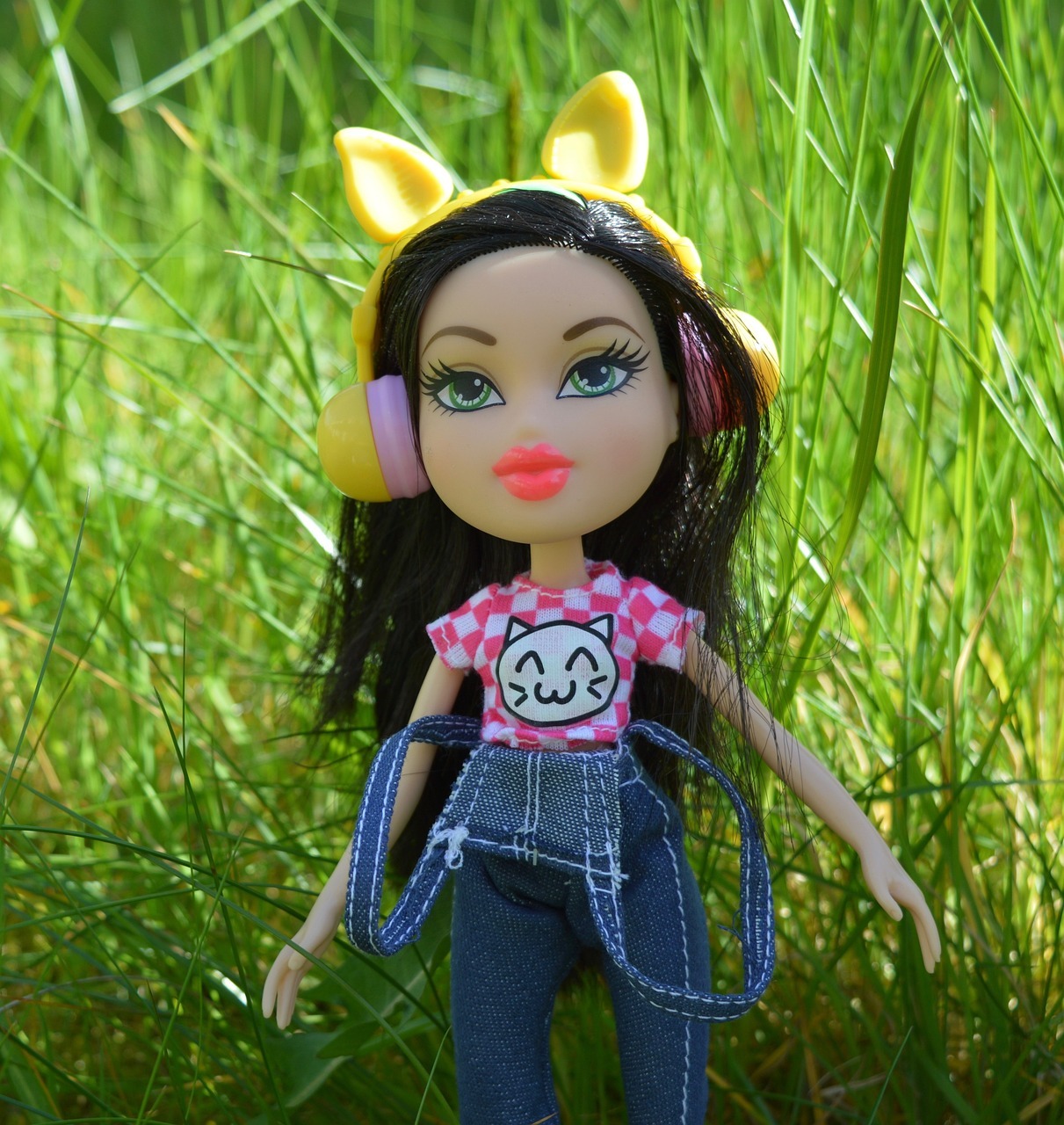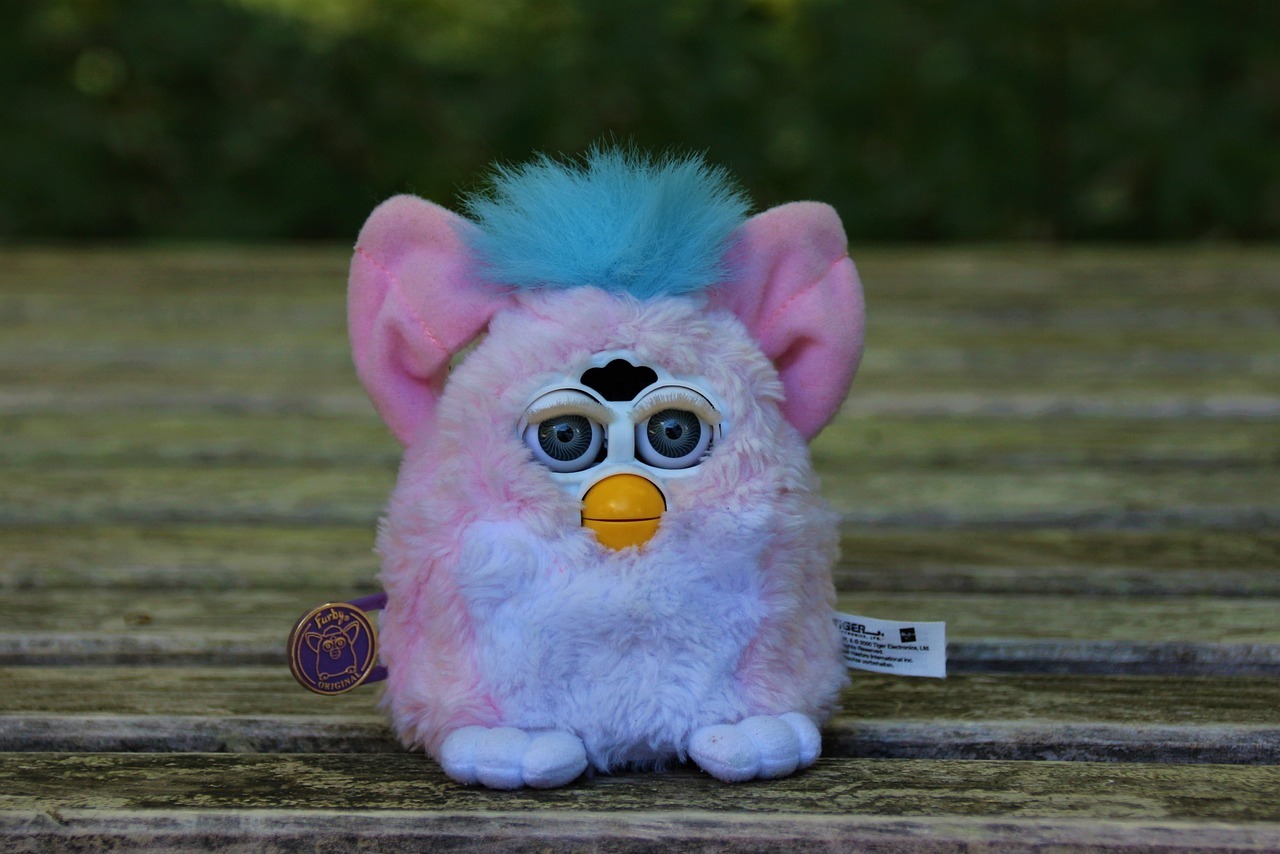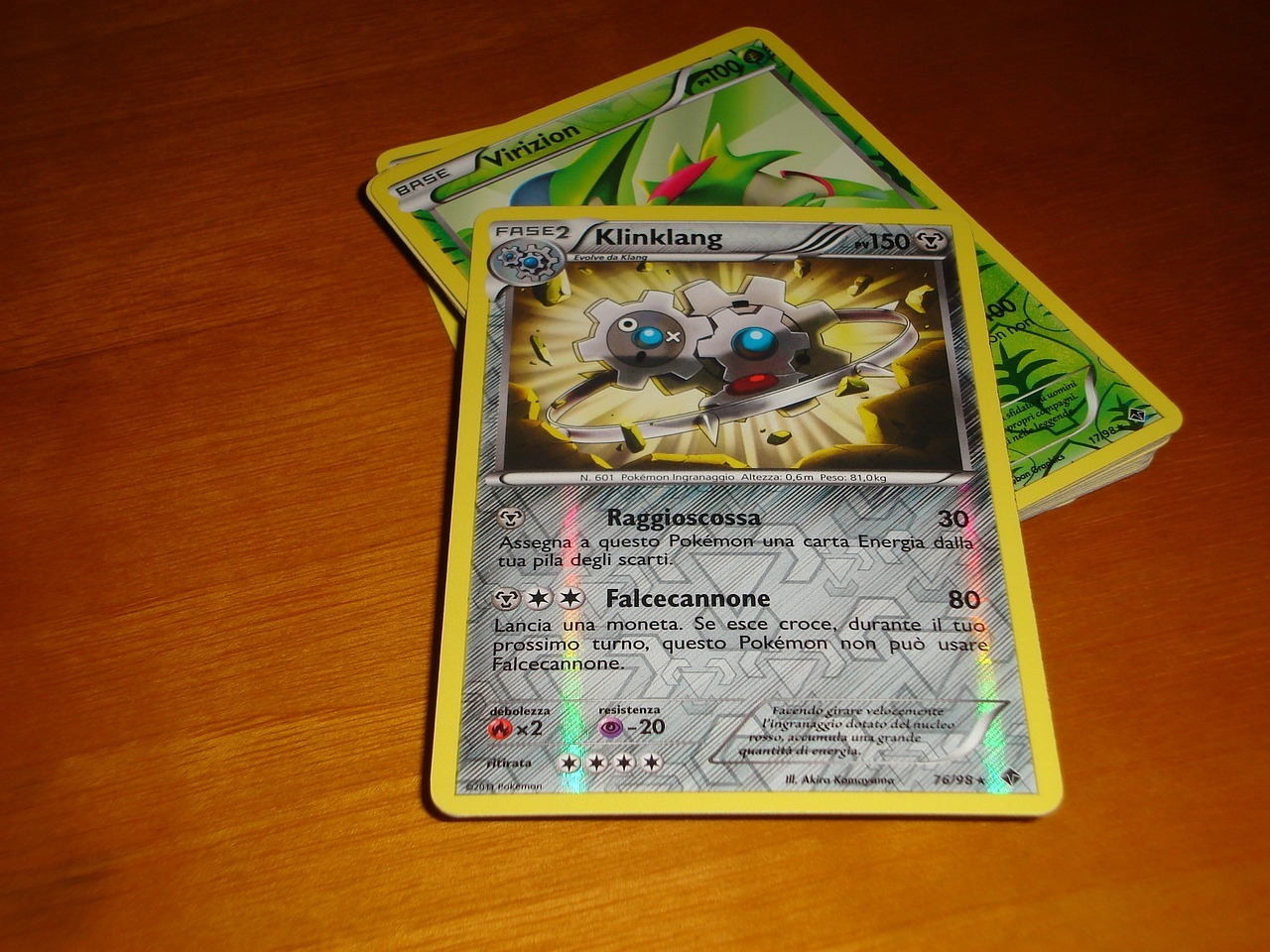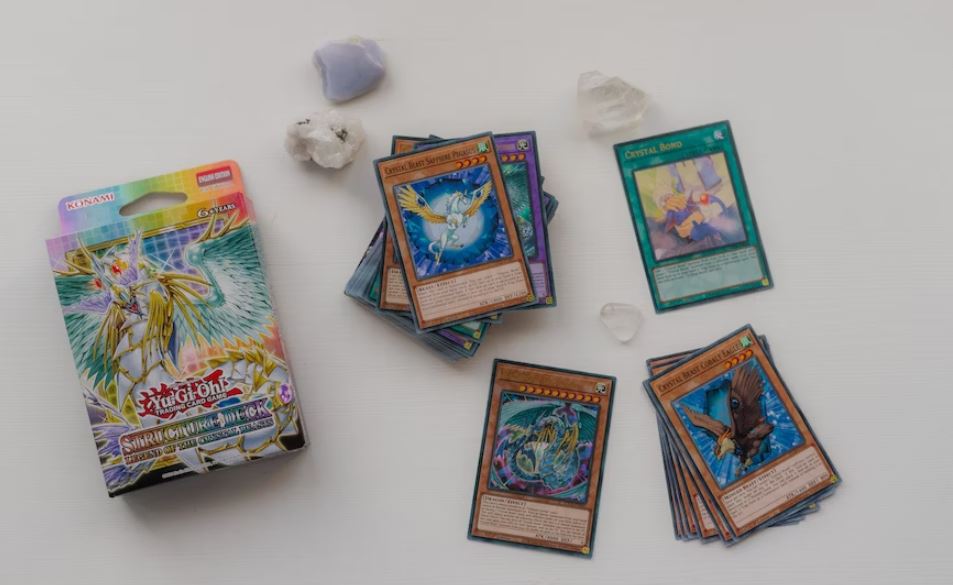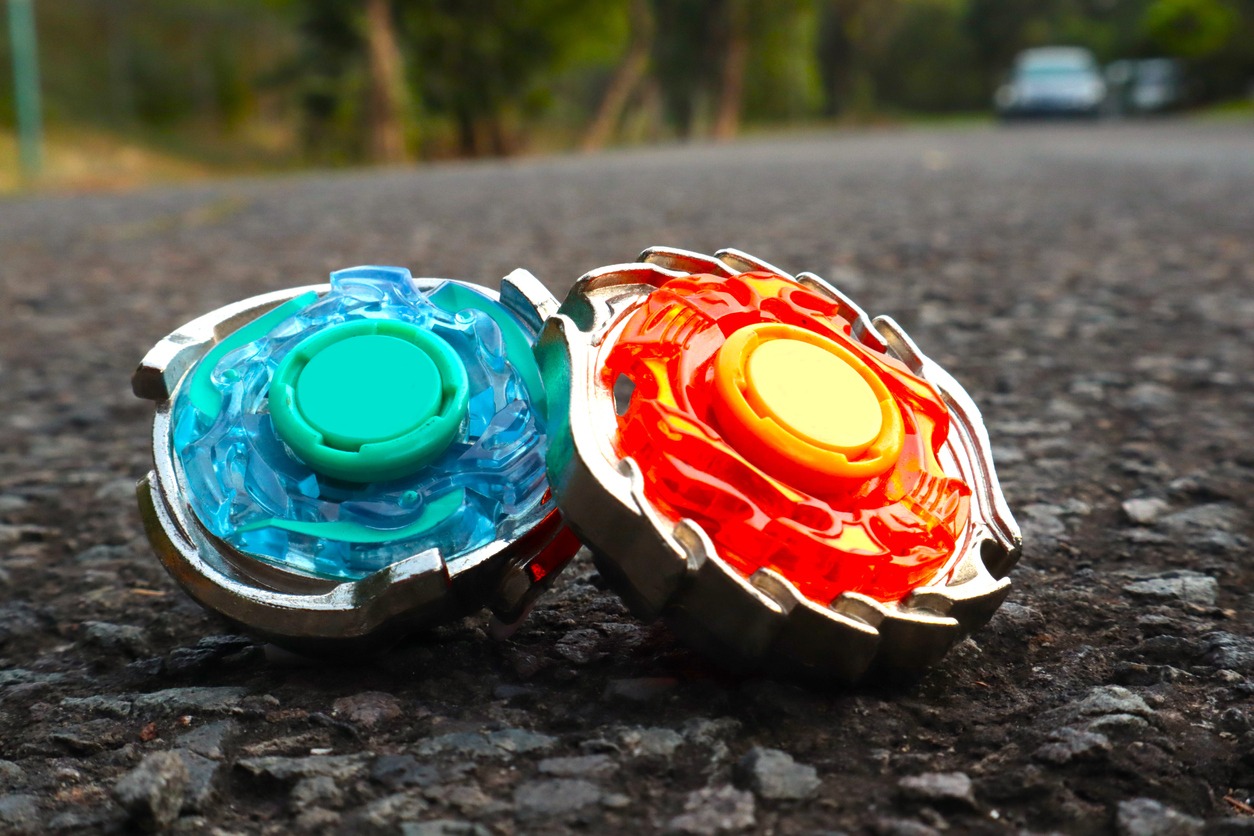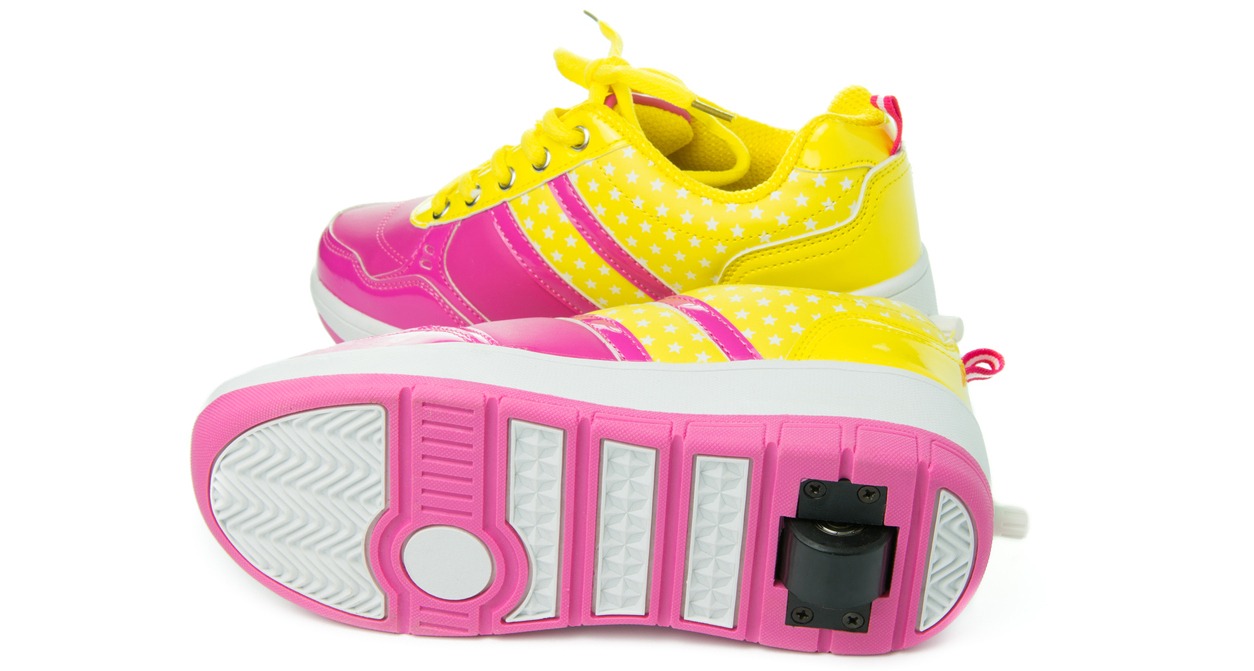The 2000s was a time when almost everything was colorful, from pieces of furniture to fashion items. The toys that were invented and popularized in the 2000s were also quite colorful too, and the many colors that you will see in these toys are what made them very appealing to kids. To know more, here are the top pop culture toys of the 2000s.
Bratz
Bratz was a line of fashion dolls that were created by Carter Bryant, a former employee of Mattel (the manufacturer of Barbie) that worked with another toy company called MGA Entertainment to release Bratz in 2001. [1] The Bratz dolls are known for having bigger heads and eyes compared to Barbie dolls, and also for having eye shadow and glossy lips. So, Bratz is basically a more stylized plastic doll compared to Barbie, and this big difference in terms of design made Bratz very popular in the 2000s, which is an era filled with colorful themes and designs.
When Bratz was launched on May 21, 2001, it was received poorly and had low sales, mainly because Barbie has dominated (and some would even say monopolized) the plastic doll market. However, by Christmas of the same year, Bratz quickly gained popularity as it became one of the best Christmas gifts for girls. In the first five years after its debut, Bratz was able to sell more than 125 million products around the world.
The popularity of Bratz dolls led to the creation of various TV shows, a live-action film, several videos, and even a web series. In addition, there were also expansions and spin-offs developed for the product line, and these include Bratz Kids (the child version of Bratz dolls), Bratz Babyz (baby versions of Bratz dolls), and Bratz Boyz (which has male dolls).
For those that want to get Bratz dolls that are closer in design to the original version, here are three products for them to check out:
- Bratz Original Fashion Doll Nevra with 2 Outfits and Poster
- Bratz Original Fashion Doll Meygan with 2 Outfits and Poster
- Bratz Original Fashion Doll Kiana with 2 Outfits and Poster
Silly Bandz
Silly Bandz are rubber bands that come in different shapes and colors. These Silly Bandz are usually worn around the wrists, although when they are taken off, they go back to their original shape, which could be a stencil of a bone, a dog, or any other animals and items. The rubber bands are made of silicone rubber, which is supposed to be stronger than standard rubber. Silly Bandz were fashion items during the 2000s, as there are many kids and teenagers that have plenty of Silly Bandz on their wrists anywhere they go.
The first iteration of Silly Bandz was invented in 2002 by a Japanese design team comprised of Masonar Haneda and Yumiko Ohashi. [2] The first designs for Silly Bandz were cute animal shapes that are supposed to encourage people to save or collect rubber bands instead of constantly throwing them away.
Regular rubber bands have been thrown away a lot and are viewed as disposable, but unfortunately, these rubber bands don’t really disintegrate quickly, as they have a fairly long lifespan of two years or longer. So, to prevent issues with non-biodegradable wastes, the mentioned design team created rubber bands that can be played with for a long time and could serve a different purpose other than for tying hair and closing packs, sachets, and other soft storage items.
The Silly Bandz product was first called “Animal Rubber Bands” when it was first released in 2002. In 2003, the Japanese design team won the Best Design award at the Japanese National Competition. By 2005, the Animal Rubber Bands became quite popular in Connecticut and at the Design Store inside the New York City Museum of Modern Art.
The Animal Rubber Bands were then seen by Robert Croak, the owners of BCP Imports (known for selling rubber wristbands), and re-purposed the rubber brands as children’s toys that are made of thicker and larger silicone rubber. BCP Imports released the first Silly Bandz in 2008. Just a few months after the release, the Silly Bandz created a toy craze where every kid and teenager in the United States wanted to buy the products.
Fortunately, you can still buy packs of Silly Bandz today, and some of these packs would even have themes based on specific animals, holidays, and brands. Here are three of the best Silly Bandz packs that you should check out:
Furby
One of the most iconic toys to have come out of the 2000s is Furby, an electronic and robotic toy that was released in 1998 by a toy manufacturer called Tiger Electronics. The Furby toy is fairly small in size, although it is bigger than most action figures, and it has a furry exterior, hence the reason why it is called “Furby.” In addition to its furry exterior, the Furby toy also has big plastic ears and feet, as well as a moving mouth (that looks like a small beak) and eyes. The Furbies (the plural form of Furby) are particularly known in the toy industry as the first successful domestic robot.
Furby was created by toy designers Dave Hampton and Caleb Chung, who spent nine months designing the toy and nine months producing the prototype. They attempted to license the concept of the Furby toy to two companies, but they were rejected. Not giving up on their creation, they invited game inventor and toy designer Richard C. Levy to join the team so that they could finally license and sell Furby to a company. It was Levy who was responsible for bringing the prototype Furby toy to Tiger Electronics, who would then buy the rights to the product. Tiger Electronics officially introduced Furby to the public during the American International Toy Fair in 1998. [3]
Furby sold very well during its release in 1998, although because of the smaller quantities of Furby toys sold in stores (that is most likely caused by how difficult it is to produce Furby), there are some sellers that resell the toys for more than twice its original price. Thankfully, the resale market for Furby quickly disintegrated due to Tiger Electronics getting more money to produce more Furby toys, thanks to the success of the toy in the late 1990s and the company’s absorption as a subsidiary to a bigger toy company called Hasbro.
By the 2000s, there were more than 15 million Furby toys sold in the world. There have been three generations of Furbies that were created in different years. The first generation lasted from 1998 to 2001, and the second generation was a revival of the product that began in 2005 and ended in 2007. The third generation of Furbies was produced from 2012 to 2015 and the fourth generation was sold from 2016 to 2018. Luckily, Hasbro still sells the most advanced version of Furby, the Furby Connect Friend, which can be connected to a smartphone app so that it can learn phrases and eye animations.
Pokémon Trading Card Game
The Pokémon Trading Card Game is based on the Pokémon franchise, which has some of the most popular video games in history, including Pokémon Red, Pokémon Silver, and Pokémon Gold. The Pokémon Trading Card Game, also known as Pokémon TCG, was first published in October 1996 in Japan by Media Factory, which is also known for publishing Japanese magazines.
The original Pokémon TCG cards feature the artworks of Ken Sugimori (the primary character designer and art director of the Pokémon franchise) and Mitsuhiro Arita, who will later be known by fans for creating some of the best artworks for Pokémon TCG cards. [4]
Despite being relatively popular in Japan between 1996 and 1997, the Pokémon Trading Card Game would only come to the United States in December 1998, and the English version would be published by Wizards of the Coast, who is also known for publishing another popular trading card game called Magic: The Gathering. Wizards of the Coast would lose the license to publish Pokémon TCG cards in July 2003, and Nintendo would give the license to The Pokémon Company, a company founded in 1998 through a joint investment of the companies that own the Pokémon copyright, namely Nintendo, Game Freak, and Creatures Inc.
If you want to learn how to play Pokémon TCG, you can buy the Pokémon Let’s Play TCG Box, which contains two decks so that you can learn the game with a friend or a family member. Then, if you want to upgrade your deck, you can buy a booster bundle like the Pokémon TCG: Scarlet & Violet Booster Bundle, a product that contains many new cards for the game.
Yu-Gi-Oh! Trading Card Game
Another popular trading card game in the 2000s is Yu-Gi-Oh! This particular trading card game is based on the Japanese manga series that was written and drawn by Kazuki Takahashi, a manga artist who published the said series in the Weekly Shōnen Jump magazine, which also featured popular manga works like Dragon Ball, Naruto, and One Piece. [5] Takahashi’s manga series would span a media franchise that includes several spin-off manga series, various animated television shows, and a popular trading card game that was created by gaming company Konami and published in Japan in 1999 and North America in 2002.
The Yu-Gi-Oh! Trading Card Game was named the top-selling trading card game on July 7, 2009, by Guinness World Records, as the game was able to sell more than 22 billion cards worldwide. Besides the standard format created in 1999, the Yu-Gi-Oh! Trading Card Game can be played in different formats. One of the most popular formats for the card game is Speed Duel, which is a faster version that has simplified rules for beginners and veterans of Yu-Gi-Oh! tp enjoy. There are also other formats of the trading card game that can be played in the video games developed and published by Konami for various platforms, including smartphones.
The Starter Decks are arguably the best products that you can buy if you want to learn how to play the Yu-Gi-Oh! TCG. Two of the best Starter Decks that you can purchase are the Yu-Gi-Oh Starter Deck: Codebreaker and the Yu-Gi-Oh Starter Deck Saber Force.
Webkinz
Webkinz is a franchise of stuffed animals and video games that was launched in 2005 by a Canadian toy company called Ganz. [6] The Webkinz stuffed toys are different domestic and wild animals that are designed to be cuter and more appealing to kids. Then, these toys would also have a secret code that can be used to gain access to the digital version of the toys in Webkinz Classic and Webkinz Next, the two video games that were also developed and designed by Ganz. Once the secret code is used on the two games, the virtual or digital version of the pet that you own would be present in the games.
In just one year after launch, Webkinz Classic (the first game developed by Ganz) was able to have one million concurrent players. It was also in 2006 when Ganz generated about $100 million in revenue, making them one of the most successful companies in the 2000s. In October 2020, Ganz launched Webkinz Next, a 3D version of Webkinz Classic that has social features. Webkinz Classic would also be launched on the Apple Store (for iOS users) and Google Play (for Android users) so that the game can be accessed through smartphones or tablets.
For those that want to get Webkinz toys and play with them in Webkinz Classic or Webkinz Next, here are three that they should see:
Beyblade
Beyblade is a toy line that consists of spinning-top toys that are made from plastic and metal. This toy line was developed by the Japanese toy company Takara (now merged with another Japanese company called Tomy to form Takara Tomy) and was first released in July 1999. In order to make a Beyblade spin, the player would need to use a Beyblade Launcher (also known as BeyLauncher), which can be attached to the top of the Beyblade. This launcher would have a ripcord that can be pulled to make the Beyblade spin and let go of its grip on the launcher.
The Beyblades, once they are launched, would battle inside a mini arena that looks like a big and shallow bowl. When the Beyblade toy line was launched in Japan in 1999, it was accompanied by a manga series of the same name, and the manga would eventually be adopted into an anime (a Japanese animated show) in 2001. Hasbro would gain the license to the Beyblade toy line and begin selling it in 2002. Besides the US and international release of Beyblades, the Japanese animated show was also localized in different countries.
Although the original line of Beyblade was discontinued years ago, you will still be able to buy Beyblade toys under the third incarnation called Beyblade Burst, which was launched in 2016. Check out these three Beyblade Burst toys if you want to purchase one or more:
- Beyblade Burst QuadStrike Bolt Sprizen S8 Starter Pack
- Beyblade Burst QuadStrike Flame Pandora Everlasting P8 Starter Pack
- Beyblade Burst Pro Series Super Hyperion String Launcher Pack
Bionicle
Bionicle is a line of construction toys that were developed by Lego and was originally launched in 2001. When Bionicle was launched, it served as a subsidiary of Lego’s Technic series, a separate toy line that is designed for teenagers and adults that want to build more complex and complicated contraptions that are not possible by only using regular Lego pieces. The Bionicle line features robots or cyborgs that have body parts that are made of plastic (although it is metal in the line’s fictional world) and are developed to look like action figures that are assembled using complex Lego parts.
The idea for Bionicle was created after the success of Lego’s Star Wars sets, which allowed them to expand their reach to kids, teenagers, and adults that love science fiction. However, paying for the royalties of Star Wars to Lucasfilm (the production company behind the blockbuster movie franchise) marginalized Lego’s profits, so they didn’t really earn a lot from selling Star Wars sets. So, the higher-ups at Lego decided that they should create their own sci-fi and story-driven themes, and this led to the creation of Bionicle.
Razor Scooter
If you were a kid or a teen in the 2000s, then you might have also been swept by the scooter craze during that era. The scooter craze was started by Micro Mobility Systems, a Swiss company that was responsible for creating and selling one of the most popular scooters in the 2000s, the Razor Scooter. Micro Mobility Systems’ scooter design was then manufactured by JD Corporation in the early 2000s before Micro Mobility Systems and JD Corporation formed a partnership to create another company called RazorUSA.
The Razor Scooter is a compact folding scooter that was launched in 1999 and was already a smash hit in toy stores and hobby shops around the world. The Razor Scooter was so successful critically and commercially that it was declared the Spring/Summer Toy of the Year by the Toy Association in 2000. [7] In 2003, Micro Mobility Systems developed and launched the first Razor electric scooter, which also became a popular product among kids and teens.
Today, there are different versions of the Razor Scooter that you can buy online and in hobby stores. Take a look at three of the best Razor Scooters below:
iDog
iDog, also known as eDog in Italy, Germany, and the Netherlands, was a robot dog that was designed for children and was manufactured by Sega Toys (the toy division of video game company Sega) from 2005 to 2009. The iDog became popular because of its ability to dance and light up to the music that plays on an external music source like an MP3 player. The iDog can dance by hearing the music through an external speaker or by connecting the toy to an MP3 player or other types of audio players.
The iDog was shipped to different countries around the world in March and April 2005. When it was launched, the iDog can be bought in different colors like white, pink, blue, lime green, black, and red. Moreover, there were also two cool colorways that were sold alongside the standard colors, and these colorways are tiger print and Dalmatian print. Sega Toys continued to manufacture iDog toys until 2009.
Heelys
Even though Heelys are considered by some as footwear rather than a toy, there were a lot of kids in the 2000s that played with Heelys as if they were a toy because of its feature that isn’t found in any other types of normal footwear. Heelys is a brand of shoes that feature removable wheels that are embedded in the back portion of the shoes’ soles. So, when Heelys are worn, the wearer has the choice of walking, running, or skating with the use of the removable wheels. Heelys are very similar to roller skates, but the difference is that the Heelys can still be used for walking and running.
Heelys were invented by Roger Adams, a skating hobbyist who came up with the idea after watching kids skating with inline skates at Huntington Beach in 1998. [8] Adams later patented the concept for Heelys in 1999 and started the Heelys company in December 2000 in order to start producing and selling his invention.
The Heelys became one of the most popular shoes in the 2000s because of how it enables children and teenagers to skate on the fly without the need to take off the shoes they were wearing for walking. Although the craze for Heelys eventually declined in the late 2000s and early 2010s, Adams’s company is still selling Heelys worldwide.
If you want to wear Heelys, they are available in different sizes and designs. There are Heelys that are designed for adults, like the Heelys Men Launch 20, and there are also Heelys that are designed for kids, such as the Heelys Boy’s Pro 20 Prints and the Heelys Girl’s Pro 20 Drips.
These are all of the best and most popular pop culture toys of the 2000s. As evident in most of the toys we have provided above, you will still be able to play them years after they were invented or made popular.
References
[1] Lepore, J. (2018, January 15). When Barbie Went to War with Bratz. The New Yorker. Retrieved June 1, 2023, from https://www.newyorker.com/magazine/2018/01/22/when-barbie-went-to-war-with-bratz
[2] Rubins, I. (2011, November 30). What Happened to Silly Bandz? The Fairviewer. Retrieved June 1, 2023, from https://www.fairviewer.org/features/2011/11/30/what-happened-to-silly-bandz/
[3] Warner, M. (2020, January 9). Who Invented the Furby? Furby Toy Shop. Retrieved June 1, 2023, from http://furbytoyshop.com/who-made-the-original-furby/
[4] Corsetti, A. (2022, November 24). The History of Pokemon: Everything We Know. Screen Rant. Retrieved June 1, 2023, from https://screenrant.com/history-pokemon-everything-know/
[5] CGC Trading Cards. (2022, May 26). The History of Yu-Gi-Oh!. CGC Trading Cards. Retrieved June 1, 2023, from https://www.cgccards.com/news/article/10231/yu-gi-oh-history/
[6] Weimer, J. (2021, September 1). Webkinz’s OG Creative Director Answers 25 Questions We All Had As Kids. Forbes. Retrieved June 14, 2023, from https://www.forbes.com/sites/jacksonweimer/2021/09/01/webkinzs-og-creative-director-answers-25-questions-we-all-had-as-kids/?sh=4c1f1e6c1ba7
[7] Holder, S. (2018, September 27). The Man Behind the Scooter Revolution. Bloomberg. Retrieved June 14, 2023, from https://www.bloomberg.com/news/articles/2018-09-26/how-a-kids-scooter-became-a-micro-mobility-revolution
[8] Ross, M.E. (2004, April 28). Childhood passion grows into pop culture craze. NBC News. Retrieved June 14, 2023, from https://www.nbcnews.com/id/wbna4354874

